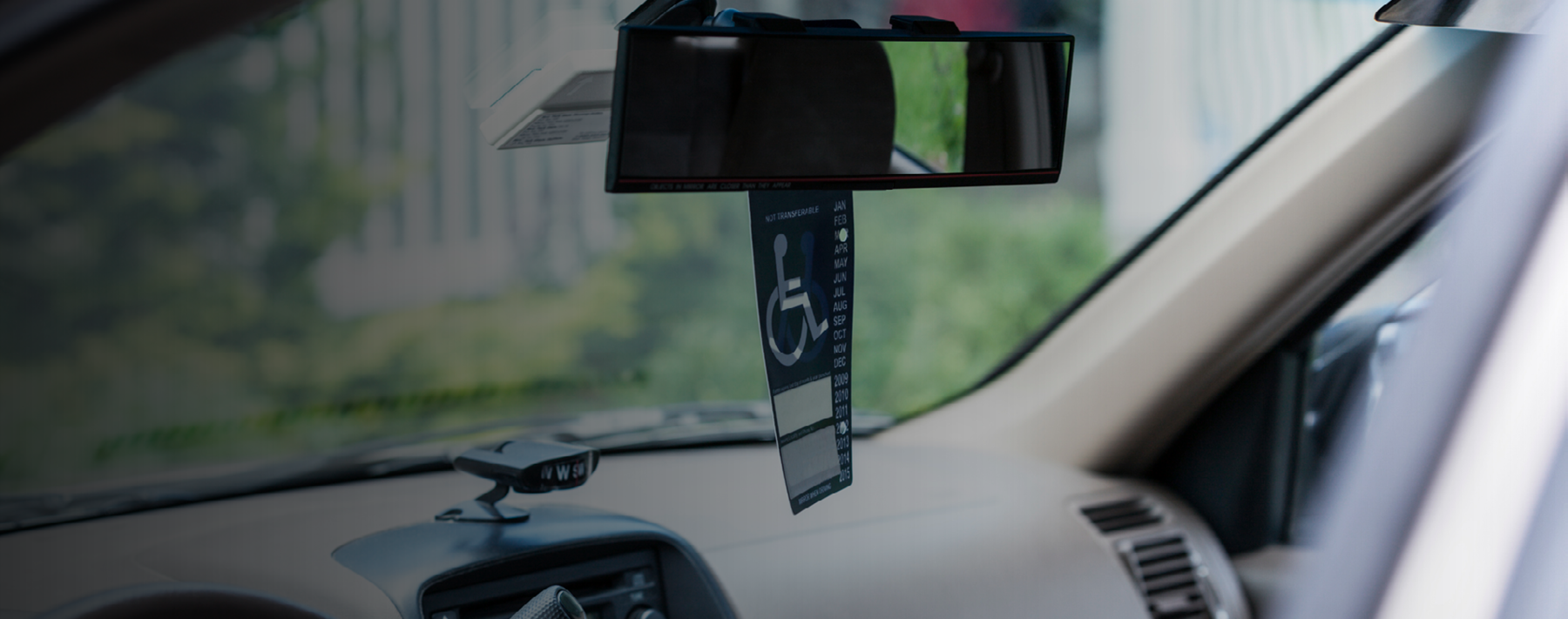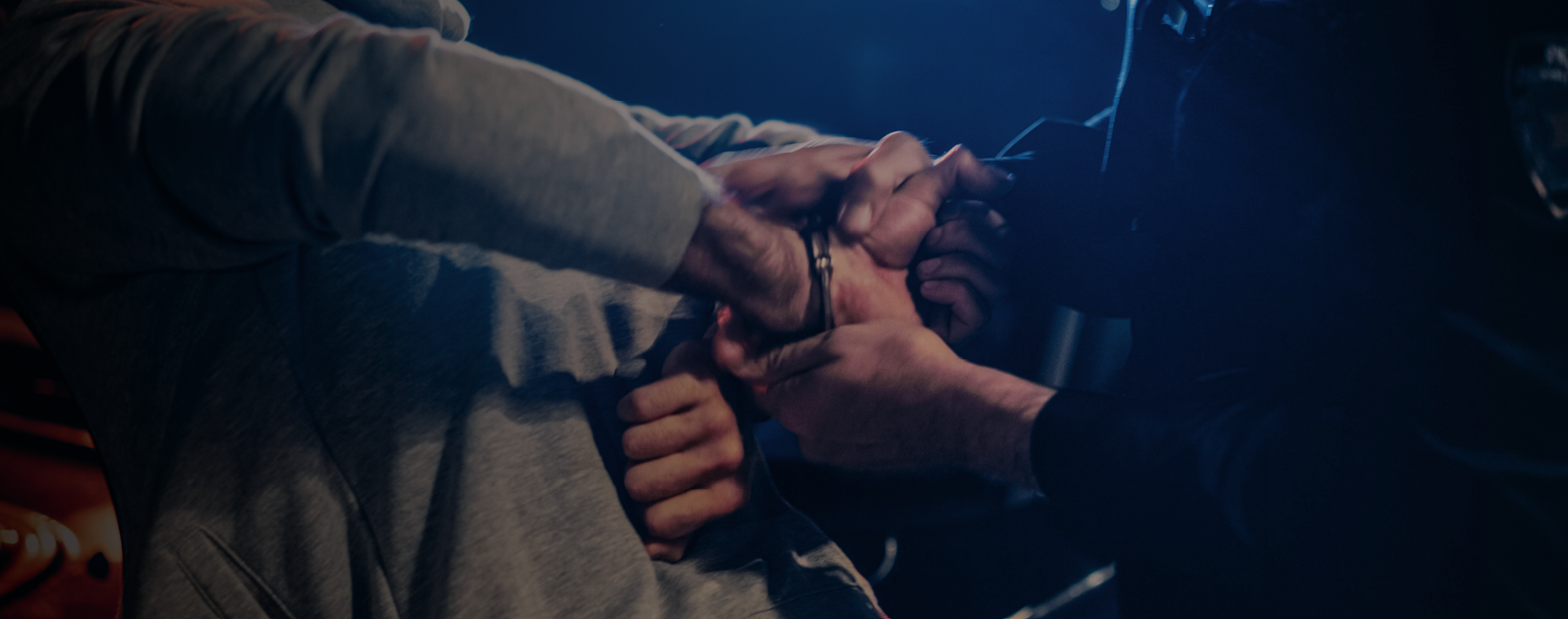I made it! It was graduation day from the police academy—a huge accomplishment for anyone, male or female. Sixteen weeks of military-style formations, marching, living in dorms, cutting my hair short to meet academy standards, staring at the floor in “leaning rest,” and doing a lot of push-ups to entertain our instructors at classroom breaks. (The screeching echoes of “Get your butt down, Recruit!” still haunt me anytime I do push-ups.)
Like most recruits, my academy days were filled with a mix of classroom learning—criminal law, policies and procedures—and physical training—firearms, officer survival, defensive tactics and driving. It was a 16-week blur that ended with the issuance of my first uniform, adorned with a shiny new badge, and a graduation ceremony that felt surreal, even as my friends and family looked on with pride.
The years that followed brought tough challenges, incredible opportunities and many moments of learning. Being a female police officer was only one part of my identity, but it was one I could not shed, no matter how much I may have wanted to just fit in. My adventure in law enforcement—21 amazing years that led to my retirement at the rank of captain—provides some lessons for integrating women in law enforcement agencies.
Evaluate Onboarding
Although the academy is difficult, graduation thrusts you full-on into reality. Ready or not, welcome to your new persona: the Female Police Officer. You are the reflection of decades of changes in law enforcement recruiting and policy, all wrapped into one awkwardly fitting, non-female-cut uniform.
The first police department was established in New York City in 1844, but it wasn’t until 1968 the Indianapolis Metropolitan Police Department assigned the nation’s first female patrol officers, Elizabeth Robinson and Betty Blankenship, to a patrol car. The next big breakthrough was the Equal Opportunity Employment Act in the 1970s, bringing more women into the peacekeeper profession. Despite these advances, in 2017 the gender distribution of full-time law enforcement officers in the U.S. was 87.5% male and 12.5% female—progress, but a long way to go.
Plenty of articles have been written on the need for more effective recruitment of female officers. Recruitment is essential, but we need to pay equal attention to how women officers are welcomed into the agency. How women officers are “onboarded” plays a big role in their acceptance and in turn their retention on the force.
For me, what stands out most about my first day is the expression on my Sergeant’s face: completely flabbergasted, puzzled eyes, head cocked to one side and mouth slightly open. At his retirement reception many years later, he even mentioned that expression; he knew the effect it had on me as his first female rookie.
“The Lieutenant said we were getting a rookie, but I didn’t know it would be a female.”
But let me back up. I worked for a state law enforcement agency that assigned officers to districts. A week before graduation, you’d visit the district in an attempt to find housing. Mine was a sub-district office, limited to business hours Monday through Friday. When I visited on a weekend, however, I saw a loan patrol car in the parking lot, so I stopped to meet my new co-worker. I nervously pressed the call box button, internally hoping for no answer.
“State Police, can I help you?” A deep voice rang through the speaker.
“I am the new officer stationed here.” I wish I could say my voice matched his command presence, but in truth it was probably quivering.
The front door swung open. In the entrance appeared a burly man wearing sergeant’s stripes. I followed him into the quiet office where he directed me to a visitor’s chair in front of his desk. And then he hit me with that expression—completely flabbergasted. The silence was awkward. I wanted to turn and run, but I told myself, you just survived 16 grueling weeks at the academy, you can do this!
“The Lieutenant said we were getting a rookie, but I didn’t know it would be a female.”
In that moment I knew I was going to have to work hard to earn my place. I’d expected as much. I grew up a cop’s kid; my dad was a sheriff’s deputy and my mom a 911 dispatcher. But most women starting off in this profession don’t have the benefit of knowing the culture and being prepared for the doubt and the second-guessing they may face from others.
Without the proper support, it’s easy for self-doubt to creep in: “I wonder if they think I can do this job.” “I’m just as strong as that guy—right?” Each officer must prove him or herself through hard work, but we can certainly examine our onboarding practices to determine whether women are being welcomed in the same way as men and given the same tools to succeed. This may be the norm in larger departments, but there are many small and rural departments that have never seen a female police officer. Fully integrating women in law enforcement agencies requires a department culture that does not see them as an anomaly.
Oh, and that sergeant? He became a close friend. I was blessed with amazing mentors in those early years who helped shape me into an officer.
Consider Firearms Accommodations
Like any new officer, I made a lot of mistakes, and my rangemasters would say my jerky trigger press was one I never quite got over. During this time there were only 11 female officers out of some 300 male officers in my agency. It was a traditional agency, full of pride. Accommodations were unheard of for any officer.
The odds were against me, but I drew a royal flush with my first group of training officers. Noticing my jerky trigger press, two rangemasters took compassion on me and trained me with accommodations. They modified the stock on my shotgun and used a reduced recoil slug during qualifications to ease the flinch. Nothing in the firearms policy said they couldn’t, so they did. Unfortunately, not all the 12 districts of State Police Offices were created equal—a few of my female counterparts fell by the wayside as a result of not being able to qualify. Meanwhile, I laid low and did my job.
Police agencies all around the world are finding that stronger policies and procedures bring cohesion and mitigate risk among their members, male and female.
As the agency moved slowly into the 21st century, firearms accommodations for female officers became more accepted. The agency eventually adopted the reduced recoil slug into the firearms curriculum and modified shotguns in the academy to fit females and smaller male recruits. We began purchasing multiple models of weapon systems to accommodate different hand sizes. These best practice changes were small but powerful: More female recruits made it through their week of firearms qualifications at the academy. Current female officers qual scores rose, too, enhancing their confidence in using firearms—and thus their safety.
The process my agency went through is something any agency can and should consider. If your department doesn’t supply different firearms models, or allow the use of a reduced recoil slug, you may be unnecessarily eliminating women. Firearms are no different than a uniform; they need to fit the body of the officer using them.
Reach Out to Female Officers
One of the key elements in my agency’s evolution toward integrating women came with the appointment of a forward-thinking chief. He began to wonder why the agency couldn’t retain women among its ranks. Orders were sent out to the districts and all the female officers were brought before the chief, who led a round table discussion.
More importantly, he listened. He implemented new training standards and many of the firearms modifications noted above. He approved a project to find a vendor for female-cut uniform pants. (Sadly, it was unsuccessful, but today women officers do have more uniform options.)
I’m not going to paint it all wine-and-roses; even as standards changed and best practices were adopted, some male officers’ opinions did not change. The chief’s office was even scrutinized for having an “all females” meeting. But this type of outreach is essential. Creating a forum where women officers can suggest changes can have a big impact on retention.
Adopt Best Practice Policies
Although the actions of individual training officers and leaders made a huge difference in my career as a female police officer, law enforcement agencies don’t have to rely on individuals to champion change. A much more powerful tool is available: policies built on best practices. Police agencies all around the world are finding that stronger policies and procedures bring cohesion and understanding to mitigate risk among their members, male or female.
My agency’s introduction to better policies came when we completed a national accreditation program. The old-fashioned “we have always done it this way” thinking gave way to methods recognized by law enforcement around the country. We established policies and procedures based on standards, not just tradition. The consistency in following these updated standards generated new training options.
By the time I retired, there were 34 female officers, 23 more than my first day on the job. My final role was commanding the agency division that managed and authored new policies. It was an honor to play a role in modernizing old traditions, and I retired proudly witnessing cohesion between the female and male officers.
The Next Chapter
In an article on the evolution of women in American law enforcement, Sgt. Betsy Brantner Smith writes that the story of women in law enforcement continues to evolve. What will your story be? she asks. (Check out Sgt. Smith’s excellent articles on PoliceOne.com.)
As a member of the Lexipol team, I’ve started a new chapter in my story, but it is a natural evolution from my law enforcement career. I assist law enforcement agencies in adopting and implementing Lexipol’s state-specific policies—policies that are legally defensible, built on best practices and continuously updated by our team of experts. My work doesn’t revolve around the role of women in law enforcement, but I know from personal experience that policies and standards create a foundation for progress.
And that’s a story I’m proud to help write.



